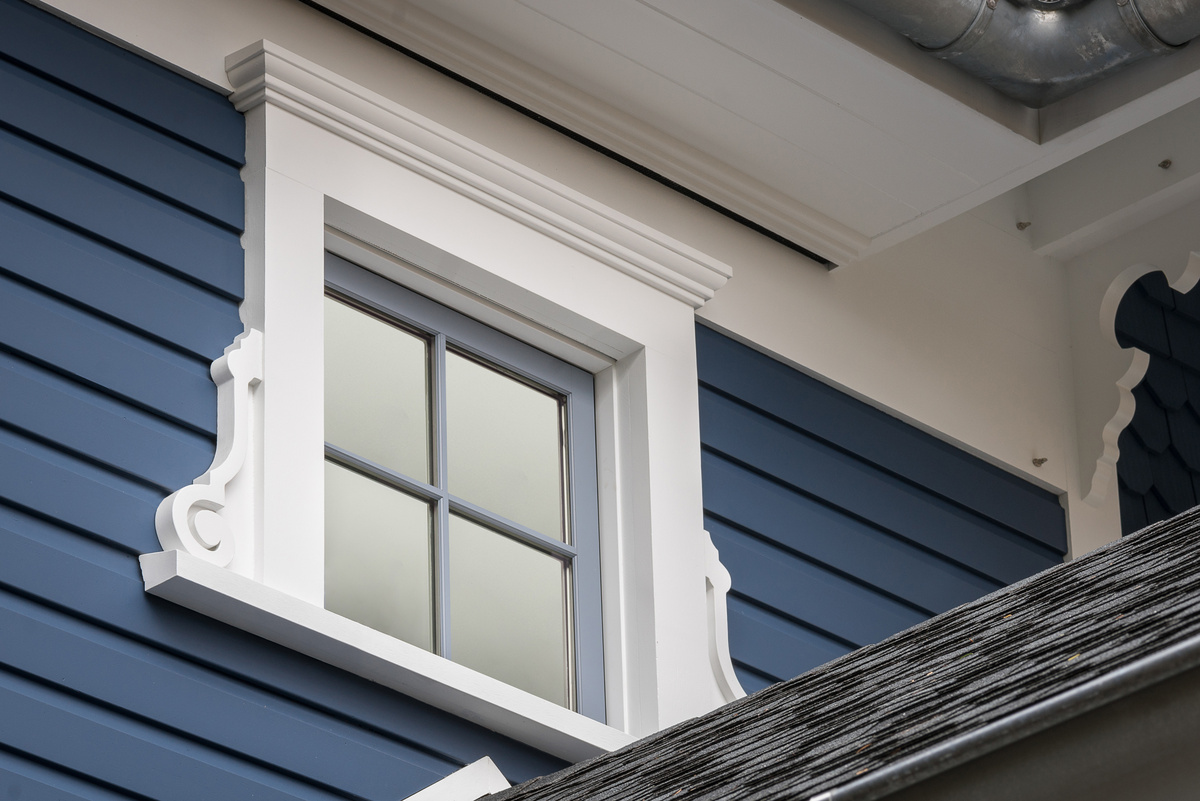

Articles
What Is Dutchlap Siding
Modified: January 24, 2024
Learn all about articles and their benefits with Dutchlap siding. Discover why this popular siding option is perfect for enhancing your home's curb appeal.
(Many of the links in this article redirect to a specific reviewed product. Your purchase of these products through affiliate links helps to generate commission for Storables.com, at no extra cost. Learn more)
Introduction
Dutchlap siding is a popular choice for homeowners looking to enhance the aesthetic appeal of their homes while also providing durable and weather-resistant protection. This type of siding, also known as Dutch lap or German lap siding, offers a unique and distinct look that can bring a touch of charm and elegance to any home exterior.
In this article, we will explore the definition, history, characteristics, benefits, installation process, maintenance and care, comparisons with other types of siding, and popular styles and colors of Dutchlap siding. Whether you are considering installing Dutchlap siding or simply want to learn more about it, this comprehensive guide will provide you with all the information you need to make an informed decision.
So, let’s dive into the world of Dutchlap siding and discover what makes it such a popular choice among homeowners and builders alike.
Key Takeaways:
- Dutchlap siding offers a visually appealing and versatile option for homeowners, with its distinctive profile, low maintenance, and wide variety of colors and finishes, enhancing the overall curb appeal of any property.
- With its historical significance, durability, and timeless appeal, Dutchlap siding provides a cost-effective alternative to other siding options, offering both aesthetic charm and functional durability for home exteriors.
Read more: What Is Siding
Definition of Dutchlap Siding
Dutchlap siding refers to a type of horizontal siding that features a distinctive profile characterized by a slight groove or curve along the top edge of each board. This curved top edge creates a shadow line, adding depth and dimension to the overall appearance of the siding.
The name “Dutchlap” derives from its resemblance to the traditional wooden Dutch lapboard siding used in European architecture. Dutchlap siding has evolved over the years, and modern iterations are typically made from durable materials such as vinyl, fiber cement, or wood composites.
This siding style is often compared to traditional clapboard or bevel siding due to its overlapping board design. However, Dutchlap siding sets itself apart with its unique profile, which gives it a distinct charm and character.
Available in various widths and lengths, Dutchlap siding allows for different design possibilities. It can be installed vertically, horizontally, or even in a combination of both, depending on the desired aesthetic and architectural style.
Overall, Dutchlap siding offers a visually appealing and versatile option for homeowners seeking to enhance the exterior of their homes. Its signature curved profile adds a touch of sophistication and elegance that can elevate the overall curb appeal of any property.
History of Dutchlap Siding
The history of Dutchlap siding can be traced back to the traditional wooden lapboard siding used in European architecture, particularly in countries like the Netherlands and Germany. These European settlers brought their distinctive architectural styles to North America, where Dutchlap siding gained popularity.
In early colonial times, Dutchlap siding was primarily made from split logs or rough-hewn boards. These wooden boards were overlapped horizontally, with each board’s upper edge slightly overlapping the lower edge of the board above it. This overlapping design helped to shed water and provide protection against the elements.
As the years passed, advances in manufacturing and construction techniques led to the development of more refined and durable materials for siding. Dutchlap siding, once predominantly crafted from wood, began to be produced using other materials like vinyl and fiber cement.
Today, Dutchlap siding remains a popular choice due to its timeless appeal and the nostalgic charm it lends to homes. Its historical significance and enduring popularity have earned it a place among the classic styles of siding.
Over time, Dutchlap siding has undergone various design refinements and modifications, accommodating changes in architectural trends and contemporary building materials. The introduction of synthetic materials, such as vinyl, has made Dutchlap siding more accessible and affordable for homeowners.
While the traditional wooden Dutchlap siding is still available, modern versions made from durable materials offer enhanced durability and low maintenance benefits. With advancements in technology and manufacturing, Dutchlap siding has become even more versatile, allowing homeowners to choose from a wide range of colors, finishes, and textures to suit their personal preferences and architectural styles.
The rich history of Dutchlap siding, dating back to its European origins, contributes to its enduring popularity and its ability to harmonize with both traditional and modern home designs.
Characteristics and Features of Dutchlap Siding
Dutchlap siding is lauded for its unique characteristics and features, making it a sought-after option among homeowners. Let’s explore the key characteristics that distinguish Dutchlap siding from other types of siding:
- Profile: Dutchlap siding is recognized for its distinctive profile, with a slight curve or groove along the top of each board. This creates a shadow line that adds depth and visual interest to the exterior of the home.
- Overlapping Design: Like many types of horizontal siding, Dutchlap siding features an overlapping board design. Each board overlaps the one below it, providing excellent protection against the elements, including wind and rain.
- Depth and Texture: The overlapping boards of Dutchlap siding create a sense of depth and texture, adding dimension to the exterior of the home. This textured look provides a more visually appealing appearance compared to flat siding options.
- Versatility: Dutchlap siding offers versatility in terms of installation. It can be installed horizontally, vertically, or in a combination of both, allowing homeowners to achieve various design effects depending on their preferences and the architectural style of their home.
- Durable Materials: Modern Dutchlap siding is commonly made from durable materials such as vinyl, fiber cement, or wood composites. These materials are designed to withstand harsh weather conditions and are resistant to rot, warping, and insect damage.
- Low Maintenance: Dutchlap siding requires minimal maintenance, especially when made from materials like vinyl. It does not require regular painting or staining, only occasional cleaning to remove dirt and debris.
- Wide Variety of Colors and Finishes: Dutchlap siding is available in a wide range of colors and finishes, allowing homeowners to choose the option that best complements their home’s style and personal preferences.
- Enhanced Energy Efficiency: Some Dutchlap sidings are designed with energy efficiency in mind, featuring insulation properties that help to reduce heat transfer and improve the overall energy efficiency of the home.
The combination of these distinctive characteristics and features makes Dutchlap siding an attractive choice for homeowners seeking both aesthetic appeal and functional durability in their home’s exterior.
Benefits of Dutchlap Siding
Dutchlap siding offers numerous benefits for homeowners, making it a popular choice for both aesthetic and practical reasons. Let’s delve into the key advantages of using Dutchlap siding:
- Aesthetically Pleasing: Dutchlap siding adds a touch of elegance and charm to any home exterior. The unique profile and shadow lines create visual interest and depth that can enhance the overall curb appeal of a property.
- Versatile Design Options: With the ability to be installed horizontally, vertically, or in a combination of both, Dutchlap siding provides versatile design options. Homeowners can choose the orientation and pattern that best complements their architectural style and personal preferences.
- Durable and Weather-Resistant: Dutchlap siding, particularly when made from materials like vinyl, fiber cement, or wood composites, offers excellent durability and resistance to the elements. It can withstand harsh weather conditions, including heavy rain, wind, and UV exposure.
- Low Maintenance: Unlike traditional wood siding, Dutchlap siding made from modern materials requires minimal maintenance. It does not need to be painted or stained regularly; occasional cleaning with mild soap and water is sufficient to keep it looking its best.
- Cost-Effective: Dutchlap siding provides an affordable option for homeowners seeking to update the exterior of their homes. Compared to other siding materials, such as natural stone or brick, Dutchlap siding offers a cost-effective solution without compromising on visual appeal or durability.
- Energy Efficiency: Some Dutchlap sidings come with insulation properties, offering enhanced energy efficiency. Insulated Dutchlap siding can help reduce energy consumption by providing better thermal insulation, improving the home’s energy efficiency and potentially lowering utility bills.
- Long Lifespan: Dutchlap siding made from high-quality materials and properly maintained can have a long lifespan, providing lasting beauty and protection for your home’s exterior. It is designed to resist rot, warping, and insect damage, ensuring its longevity.
- Increased Property Value: The aesthetic appeal and durability of Dutchlap siding can significantly boost the value of a home. It is a desirable feature for potential buyers, making it a worthwhile investment that can yield a higher resale value.
By choosing Dutchlap siding for your home, you can enjoy these numerous benefits, enhancing both the beauty and functionality of your property.
When installing Dutchlap siding, make sure to leave a small gap between each plank to allow for expansion and contraction due to temperature changes. This will help prevent warping and buckling over time.
Read more: What Is Cement Siding
Installation Process of Dutchlap Siding
The installation process of Dutchlap siding requires precision and attention to detail to ensure a seamless and visually appealing result. Here is a general overview of the steps involved in installing Dutchlap siding:
- Preparation: Before starting the installation, ensure that the exterior walls are clean and free from any debris. Repair or replace any damaged or rotten wood, and ensure that the walls are properly waterproofed and insulated.
- Measurements and Layout: Take accurate measurements of the walls where the Dutchlap siding will be installed. Plan the layout, considering the desired orientation and pattern of the siding. Start from the bottom and work your way up.
- Flashing and Starter Strips: Install a layer of weather-resistant barrier or house wrap over the wall surface to provide an additional layer of protection against moisture. Next, install metal flashing around windows, doors, and other openings. Install starter strips at the bottom of the wall to provide a secure base for the first row of siding.
- Siding Panels: Begin by installing the first row of Dutchlap siding, starting at one corner of the wall. Nail the siding panels to the wall, ensuring they are level and securely fastened. Leave a small gap between each panel to allow for expansion and contraction with temperature changes.
- Overlapping and Nailing: Install the subsequent rows of Dutchlap siding, overlapping each panel with the one below it. Ensure that the overlapping section is aligned properly and securely nailed into place. Use a level to ensure that the siding is straight and plumb.
- Trim and Accessories: Install trim pieces, such as corner pieces and J-channels, to provide a finished look and cover any exposed edges. Apply caulk to seal any gaps or joints between siding panels and trim pieces.
- Finishing Touches: Once the siding is installed, inspect the entire installation to ensure it meets your expectations and is free from any defects or issues. Clean the siding with mild soap and water to remove any construction debris or dirt.
It is important to note that the specific installation process may vary depending on the type of Dutchlap siding material you choose and the manufacturer’s instructions. It is recommended to consult the installation guidelines provided by the manufacturer or seek professional assistance for a flawless installation.
By following these general guidelines and ensuring proper installation techniques, you can achieve a beautiful and durable Dutchlap siding installation that will enhance the overall appearance and value of your home.
Maintenance and Care for Dutchlap Siding
Dutchlap siding, when properly maintained, can retain its beauty and functionality for many years. Here are some maintenance and care tips to keep your Dutchlap siding looking its best:
- Regular Cleaning: Periodically clean your Dutchlap siding to remove dirt, dust, and other debris that can accumulate over time. Use a soft-bristle brush or a cloth and mild soap diluted in water to gently scrub the siding. Rinse with clean water to remove any soap residue.
- Avoid Harsh Cleaners: Avoid using harsh chemicals or abrasive cleaners on Dutchlap siding as they can damage the surface. Stick to mild soap and water or opt for specialized siding cleaners recommended by the manufacturer.
- Inspect for Damage: Regularly inspect your Dutchlap siding for any signs of damage, including cracks, chips, or loose boards. Repair or replace any damaged sections immediately to prevent further deterioration and maintain the integrity of the siding.
- Painting or Staining: If you have chosen wood Dutchlap siding, it may require occasional painting or staining to protect it from the elements. Follow the manufacturer’s recommendations for the appropriate products and application techniques.
- Trim Overhanging Vegetation: Trim back any tree branches or shrubs that are in direct contact with the Dutchlap siding. Overhanging vegetation can cause damage to the siding and promote the growth of mold or mildew.
- Preventative Measures: Take preventative measures to protect your Dutchlap siding. Install gutters and downspouts to direct water away from the siding, reducing the risk of water damage. Consider using caulking or weatherstripping to seal any gaps or joints where water or pests can enter.
- Protect from Sun Damage: If your Dutchlap siding is exposed to prolonged sun exposure, consider using UV-protective coatings or paints to prevent fading and discoloration. This can help preserve the vibrant appearance of the siding over time.
- Professional Inspections: Periodically have your Dutchlap siding inspected by a professional to identify any hidden issues or potential problems. They can assess the overall condition of the siding and recommend any necessary repairs or maintenance.
By following these maintenance and care practices, you can extend the lifespan of your Dutchlap siding and ensure its continued beauty and durability. Remember to consult the manufacturer’s guidelines for specific maintenance instructions, as different siding materials may have slightly different care requirements.
Comparisons with Other Types of Siding
When choosing siding for your home, it’s essential to consider the various options available and compare them based on their characteristics, features, and benefits. Let’s compare Dutchlap siding with some other popular types of siding:
- Clapboard Siding: Dutchlap siding and clapboard siding share similarities in their overlapping board design. However, Dutchlap siding features a distinct curved top edge, which adds depth and visual interest. Clapboard siding, on the other hand, has a straight top edge, providing a more traditional and streamlined appearance.
- Shingle Siding: Shingle siding offers a unique and rustic look, resembling the appearance of wooden shingles. While Dutchlap siding provides a more classic and refined look, shingle siding adds texture and character. Shingle siding requires more maintenance and is often more expensive compared to Dutchlap siding.
- Vertical Siding: Dutchlap siding is primarily horizontal, but it can also be installed vertically for a different visual effect. Vertical siding offers a modern and contemporary look, often found in commercial or industrial buildings. Dutchlap siding provides a more traditional and timeless appeal.
- Brick Siding: Brick siding is beloved for its durability, longevity, and classic appearance. While Dutchlap siding offers a cost-effective alternative, brick siding typically requires a higher initial investment. Brick siding also requires professional installation, while Dutchlap siding can be DIY-friendly.
- Stucco Siding: Stucco siding offers a smooth and textured finish that adds a unique charm to a home. Dutchlap siding, on the other hand, provides a more textured and dimensional appearance. Stucco siding requires professional installation and periodic maintenance, while Dutchlap siding is often low maintenance.
- Vinyl Siding: Dutchlap siding is available in vinyl material, which offers affordability, durability, and low maintenance benefits. Vinyl siding is known for its wide range of colors and finishes, making it a versatile option for homeowners. Dutchlap siding adds a distinctive profile and shadow line, enhancing the overall visual appeal.
Comparing Dutchlap siding with other types of siding allows you to evaluate the pros and cons based on your specific preferences, budget, and desired aesthetic. Consider factors such as maintenance requirements, durability, cost, and architectural style of your home to make an informed decision.
Ultimately, Dutchlap siding stands out for its unique profile, versatility, and timeless appeal, making it a popular choice among homeowners seeking both visual appeal and functional durability for their home exteriors.
Popular Styles and Colors of Dutchlap Siding
Dutchlap siding comes in a wide variety of styles and colors, allowing homeowners to choose the option that best suits their taste and complements the architectural style of their home. Here are some popular styles and colors of Dutchlap siding:
- Traditional Dutchlap: This style embodies the classic charm and elegance of Dutchlap siding. It features a curved top edge and overlapping boards, creating a timeless and sophisticated look. Traditional Dutchlap siding is available in various widths and lengths, providing flexibility for homeowners in achieving their desired aesthetic.
- Smooth Dutchlap: For a more modern and contemporary appearance, smooth Dutchlap siding is a popular choice. Instead of a textured surface, it offers a smooth and sleek finish that adds a touch of sophistication. Smooth Dutchlap siding is often favored for its clean and streamlined look.
- Variegated Dutchlap: Variegated Dutchlap siding features a combination of colors and tones within each panel, providing a more dynamic and visually interesting look. This style adds depth and texture to the exterior of your home, making it a popular choice for those who want to make a statement.
- Neutral Colors: Neutral colors are widely used in Dutchlap siding to create a timeless and versatile appeal. Shades like white, beige, gray, and tan offer a clean and elegant look that complements a wide range of architectural styles. Neutral-colored Dutchlap siding is often chosen for its ability to withstand changing trends and blend seamlessly with surrounding elements.
- Bold Colors: For those who want to make a statement and add a pop of color to their home’s exterior, bold-colored Dutchlap siding is an excellent choice. Colors like blue, green, red, or even darker shades like black or deep brown can create a dramatic and eye-catching effect, adding personality and individuality to your home.
- Natural Tones: Dutchlap siding is available in natural wood tones that mimic the appearance of real wood. These colors, such as cedar or mahogany, offer a warm and inviting look, bringing a sense of natural beauty to your home. The benefit of using these natural tones is that they provide the aesthetic appeal of wood without the maintenance requirements.
When selecting the style and color of your Dutchlap siding, consider factors such as the architectural style of your home, the surrounding landscape, and your personal preferences. It’s also helpful to gather samples and view them in different lighting conditions to ensure they complement your vision for your home’s exterior.
Remember to consult with manufacturers and suppliers for the available styles and colors of Dutchlap siding specific to the material you choose, as options may vary. With the broad range of styles and colors available, you can find the perfect Dutchlap siding to enhance the beauty and character of your home.
Read more: What Is Brick Siding
Conclusion
Dutchlap siding offers a unique and visually appealing option for homeowners looking to enhance the exterior of their homes. With its distinctive curved profile, overlapping design, and versatile installation options, Dutchlap siding brings a touch of charm and elegance to any architectural style.
Throughout this article, we explored the definition, history, characteristics, benefits, installation process, maintenance and care, comparisons with other types of siding, and popular styles and colors of Dutchlap siding. By understanding these aspects, homeowners can make informed decisions about whether Dutchlap siding is the right choice for their homes.
From the traditional look of Dutchlap siding to the modern appeal of smooth options, there is a style to suit every taste. The broad range of colors, including neutral tones, bold shades, and natural wood finishes, allows homeowners to create a personalized and unique look for their homes.
Dutchlap siding not only enhances the aesthetic appeal of a home but also provides durability, weather resistance, and low maintenance requirements. Its versatility in installation, whether vertically or horizontally, allows homeowners to achieve various design effects and adapt to different architectural styles.
When compared to other types of siding, Dutchlap siding stands out for its distinct profile and timeless appeal. It offers a cost-effective alternative to more expensive options like brick or shingle siding while still providing a visually pleasing and durable solution for home exteriors.
Ultimately, choosing Dutchlap siding is a decision that should consider personal preferences, architectural style, maintenance requirements, and budget. Consulting with professionals and suppliers can provide further guidance and ensure a successful installation that meets your specific needs.
In conclusion, Dutchlap siding offers a winning combination of aesthetics, durability, and versatility, making it a popular choice for homeowners seeking to elevate the exterior of their homes. With its timeless appeal and range of styles and colors to choose from, Dutchlap siding can transform any house into a beautiful and inviting home.
Frequently Asked Questions about What Is Dutchlap Siding
Was this page helpful?
At Storables.com, we guarantee accurate and reliable information. Our content, validated by Expert Board Contributors, is crafted following stringent Editorial Policies. We're committed to providing you with well-researched, expert-backed insights for all your informational needs.
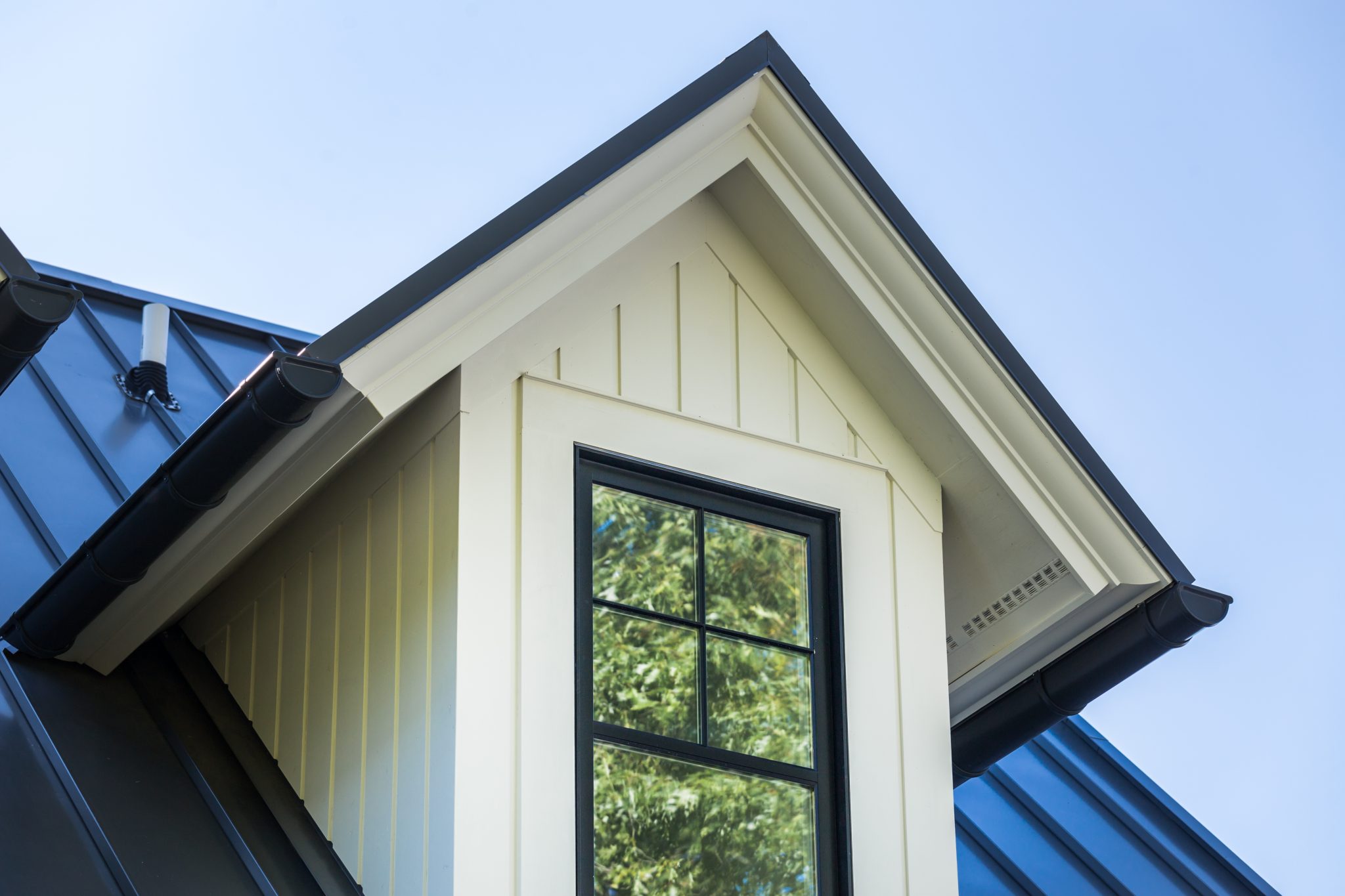
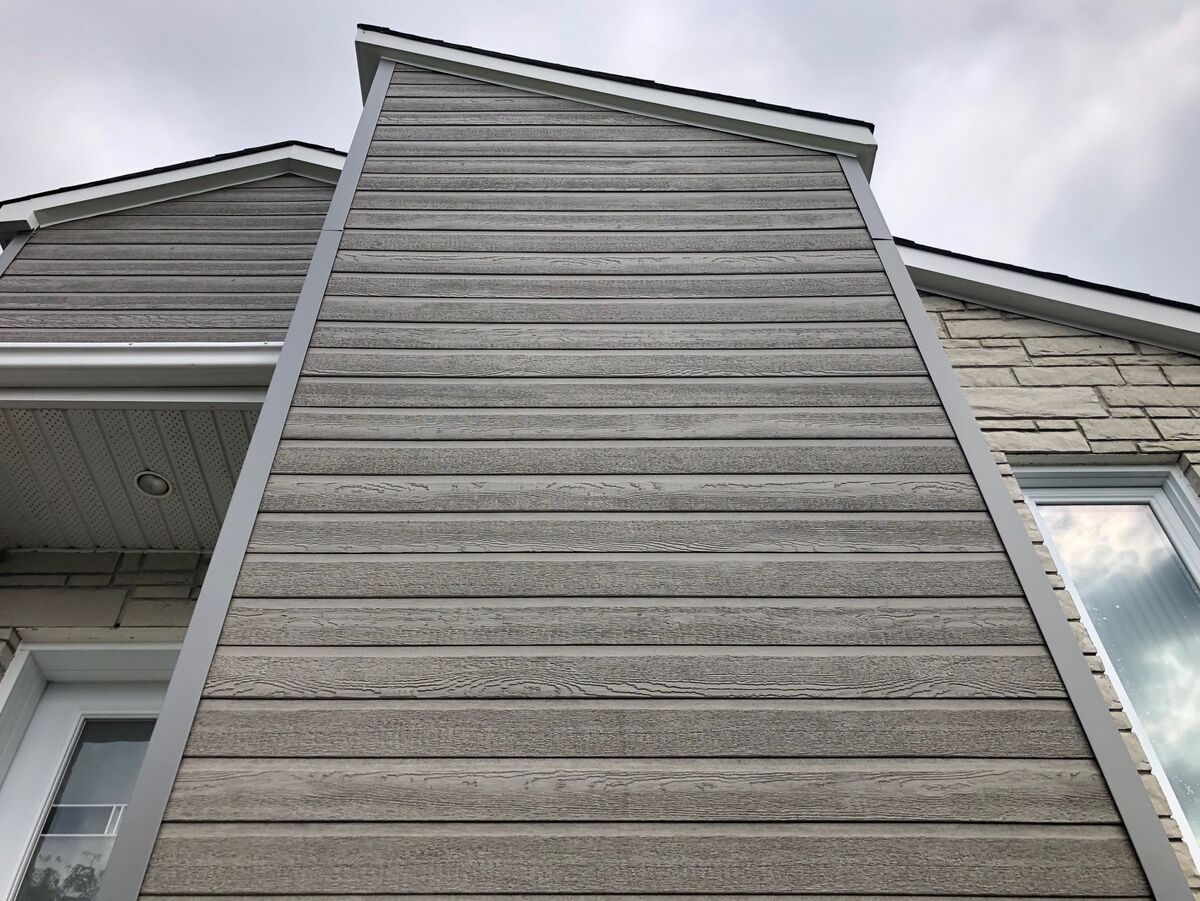
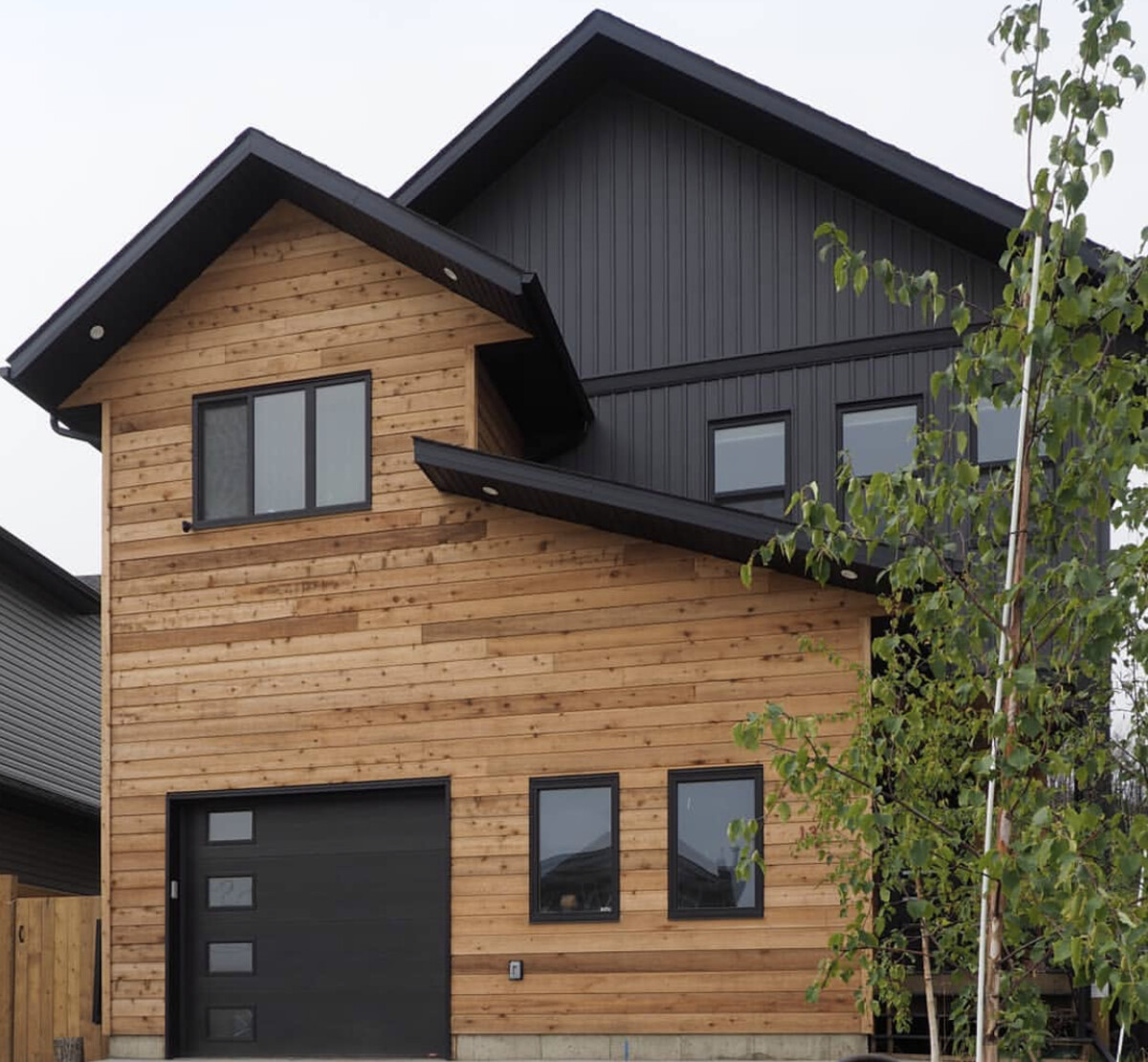
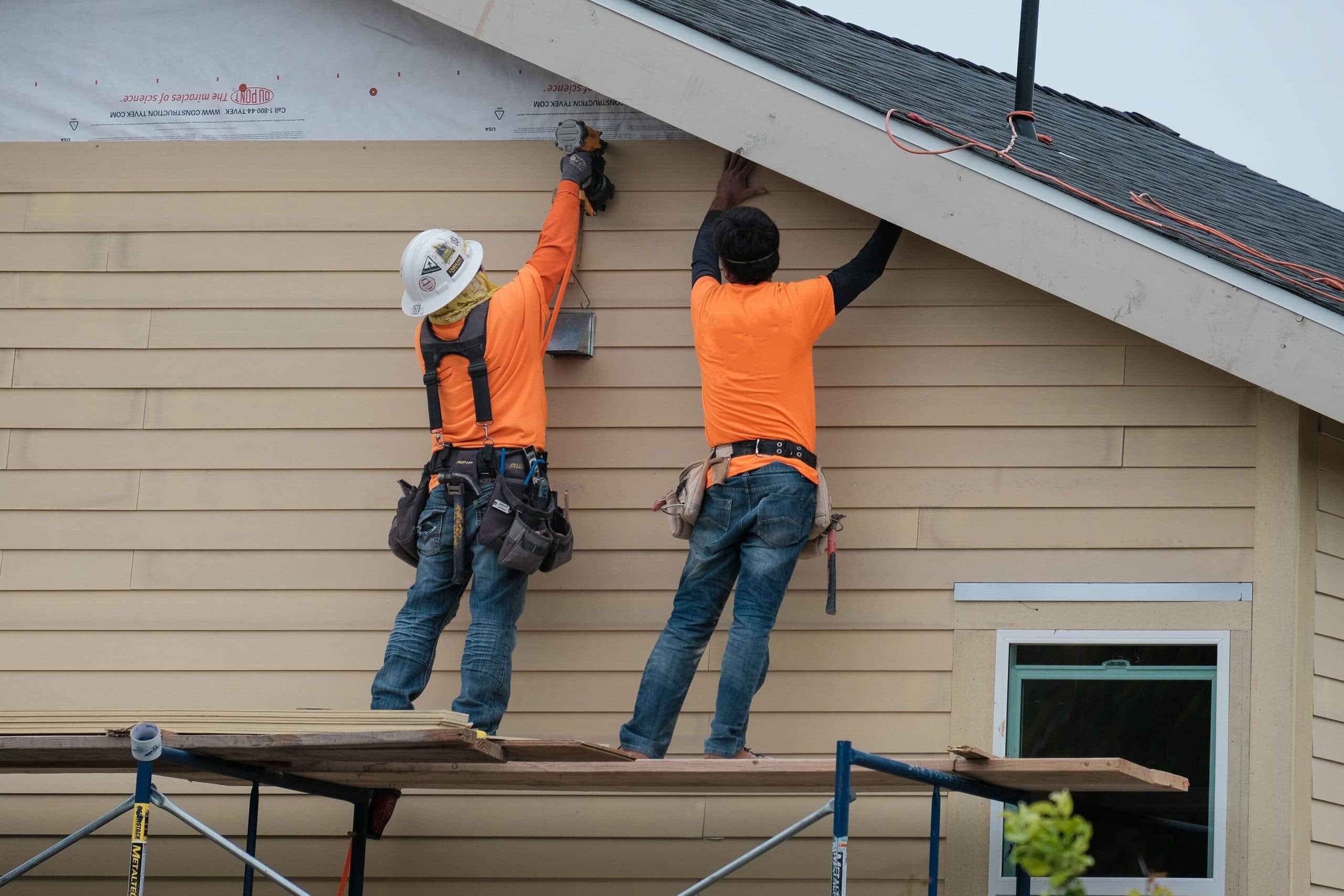
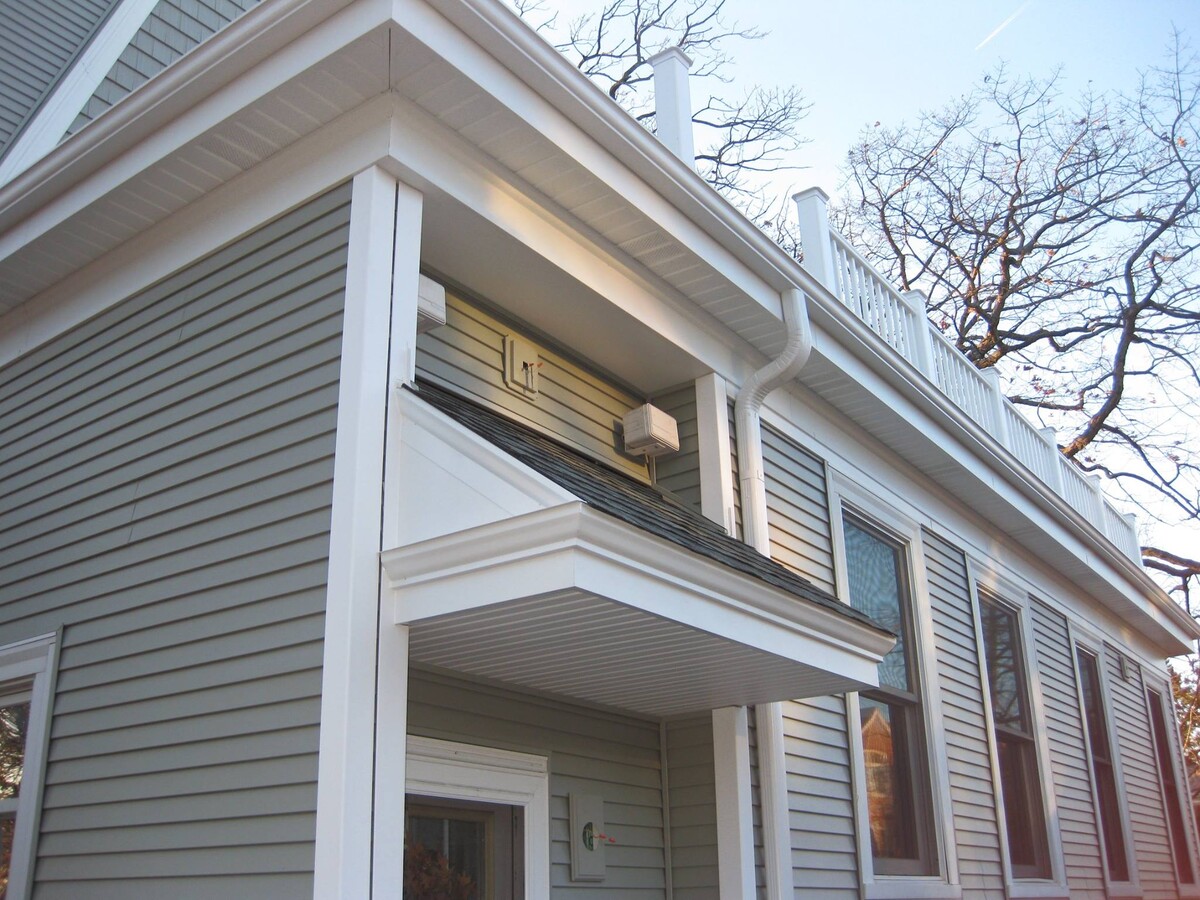
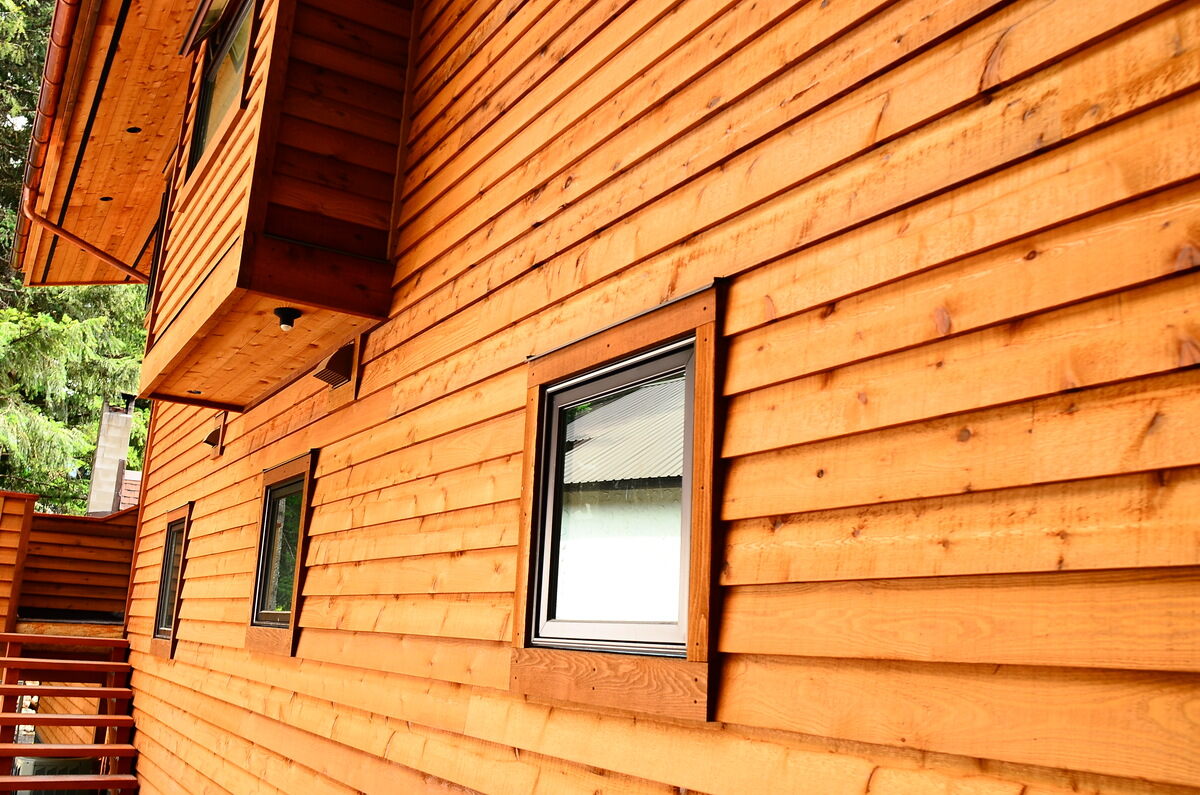
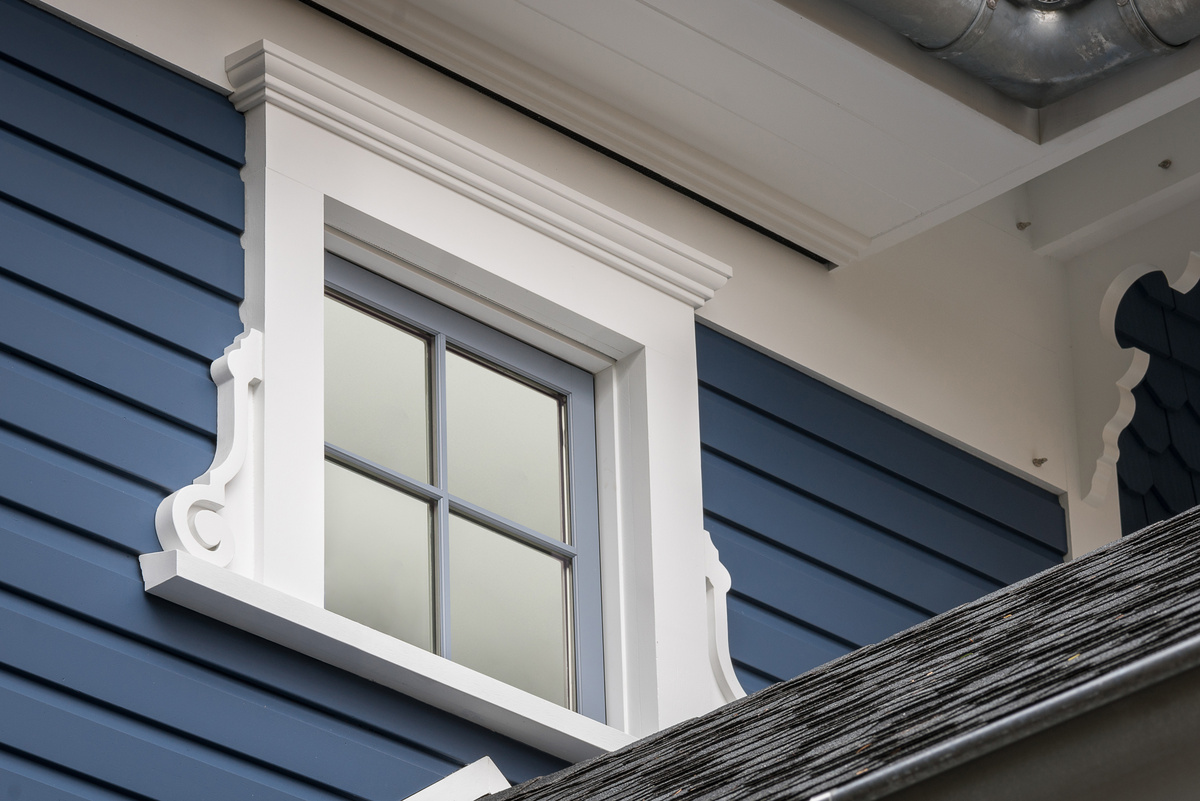
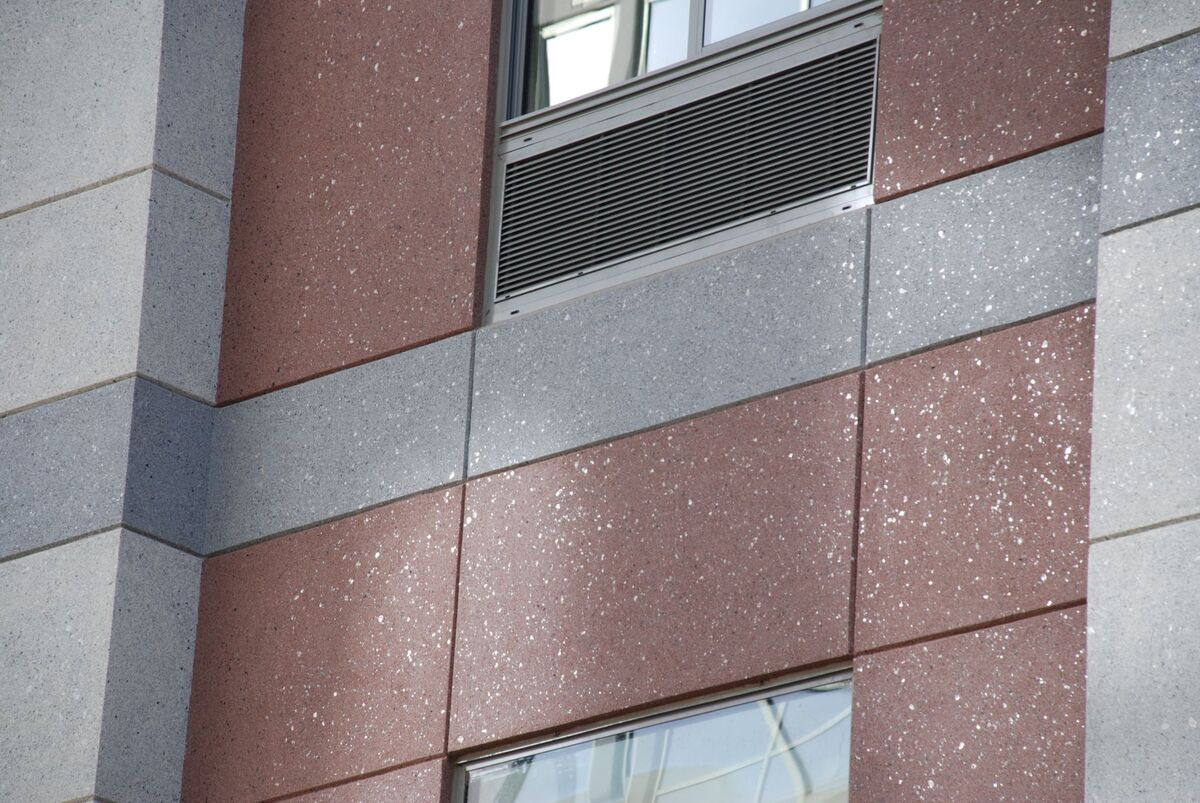
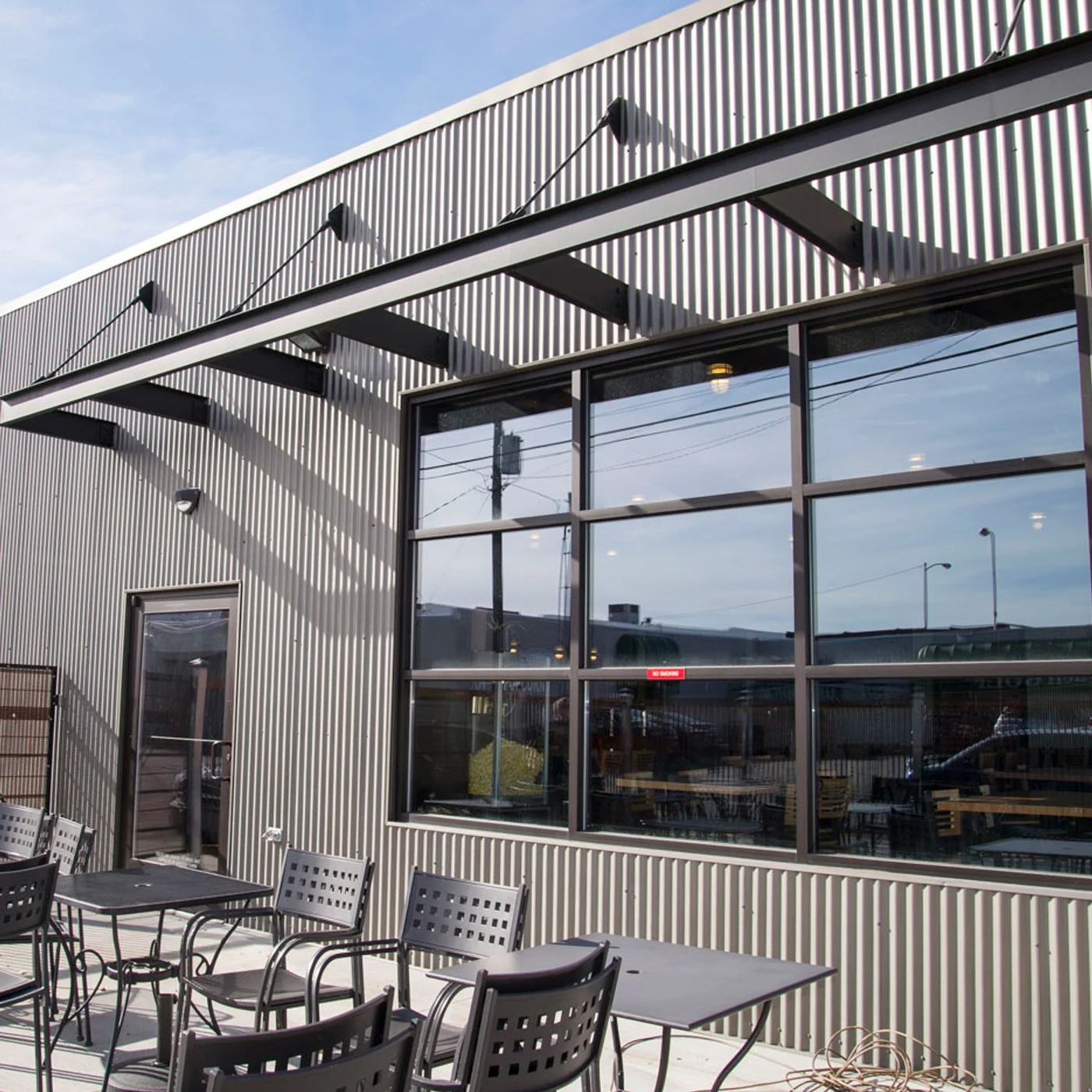
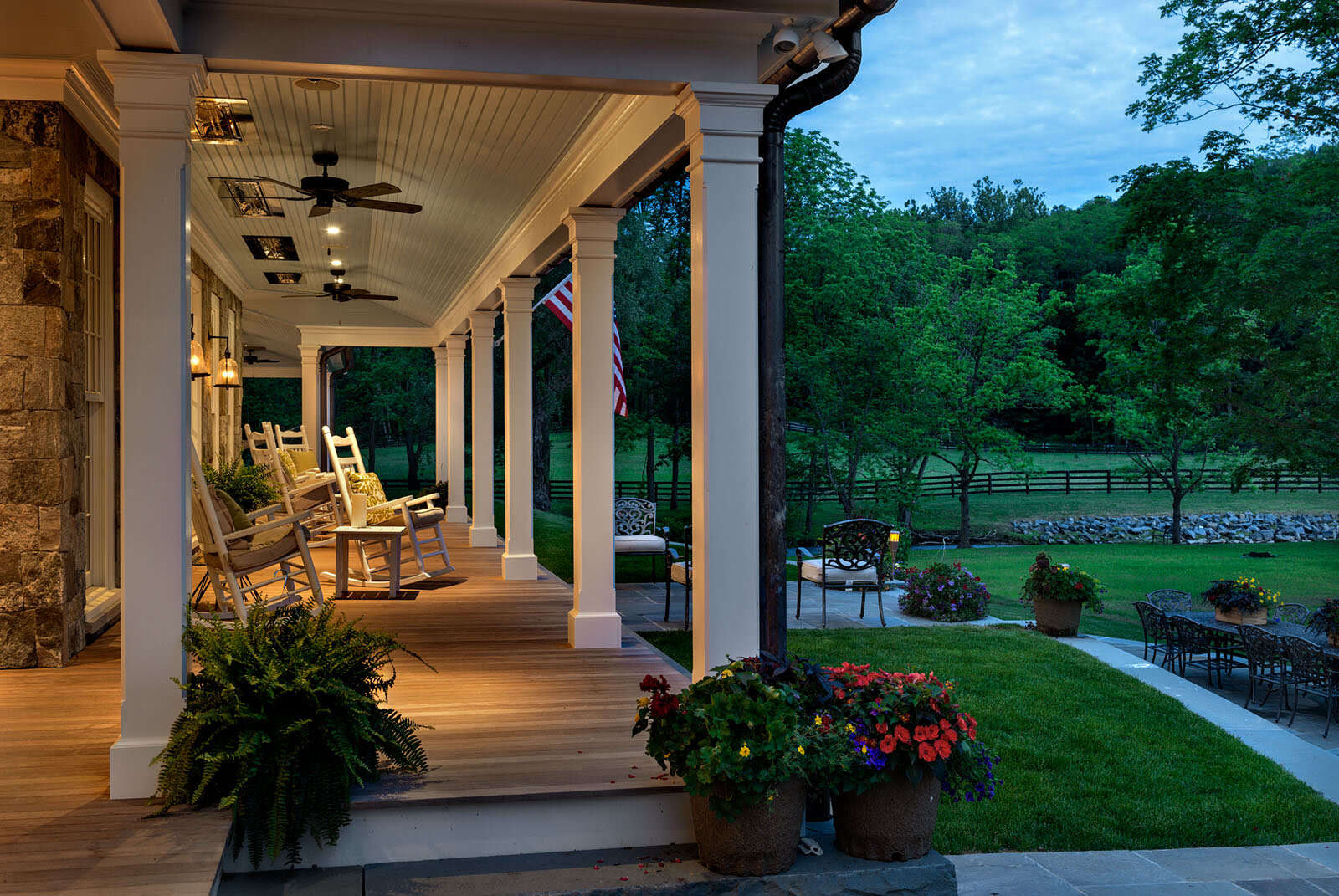
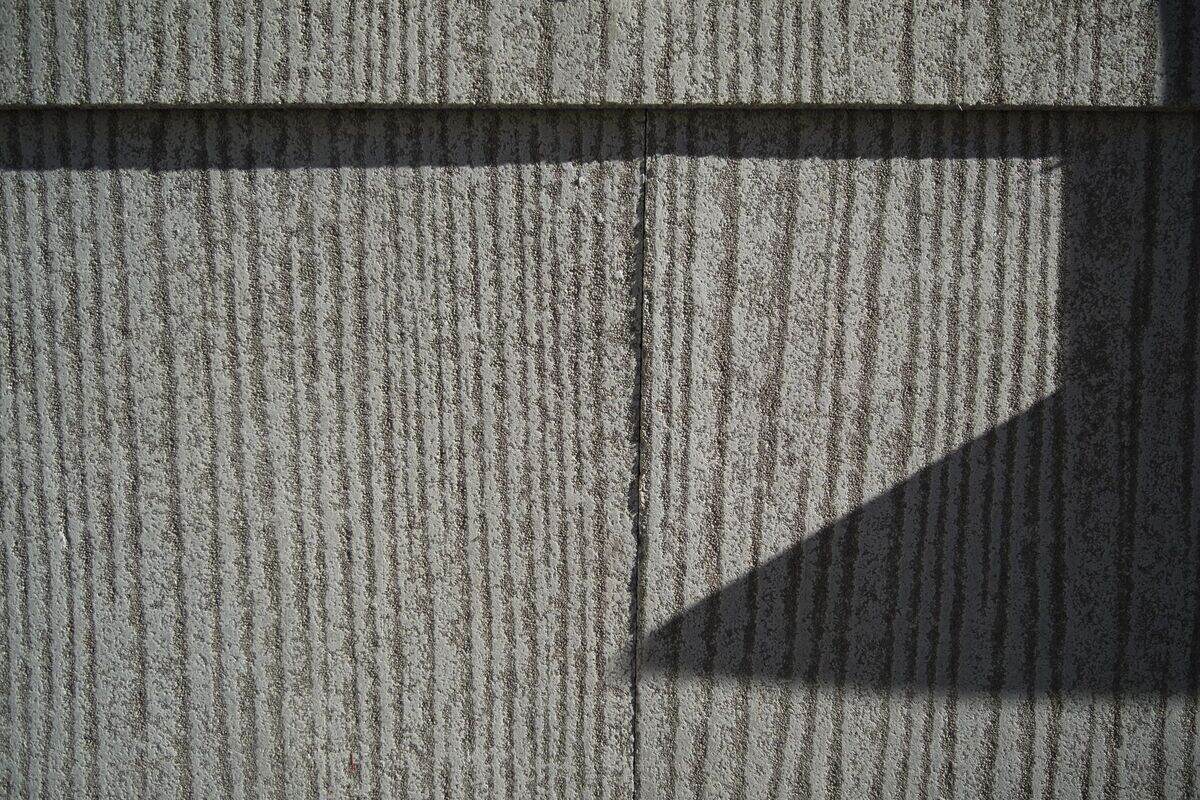
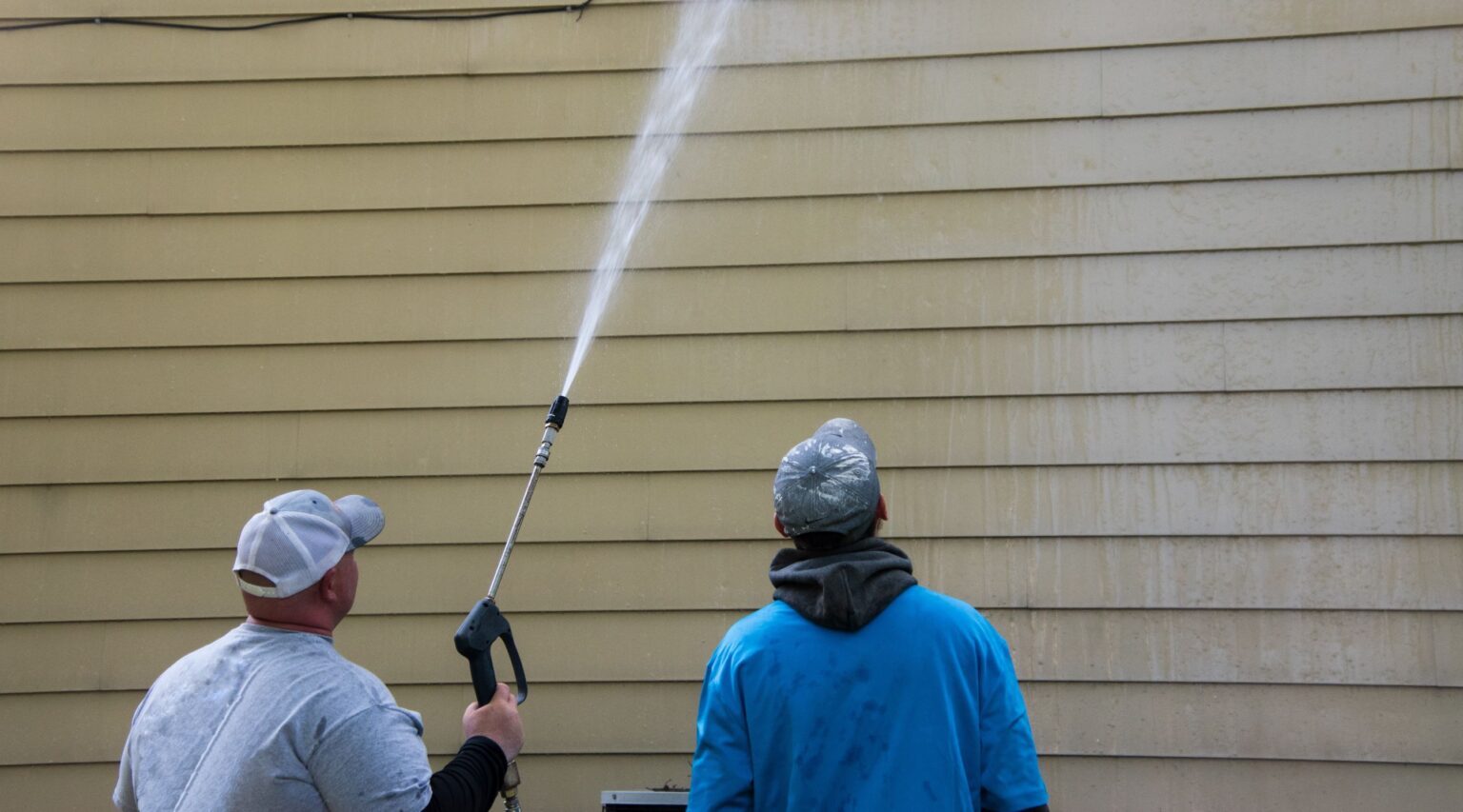
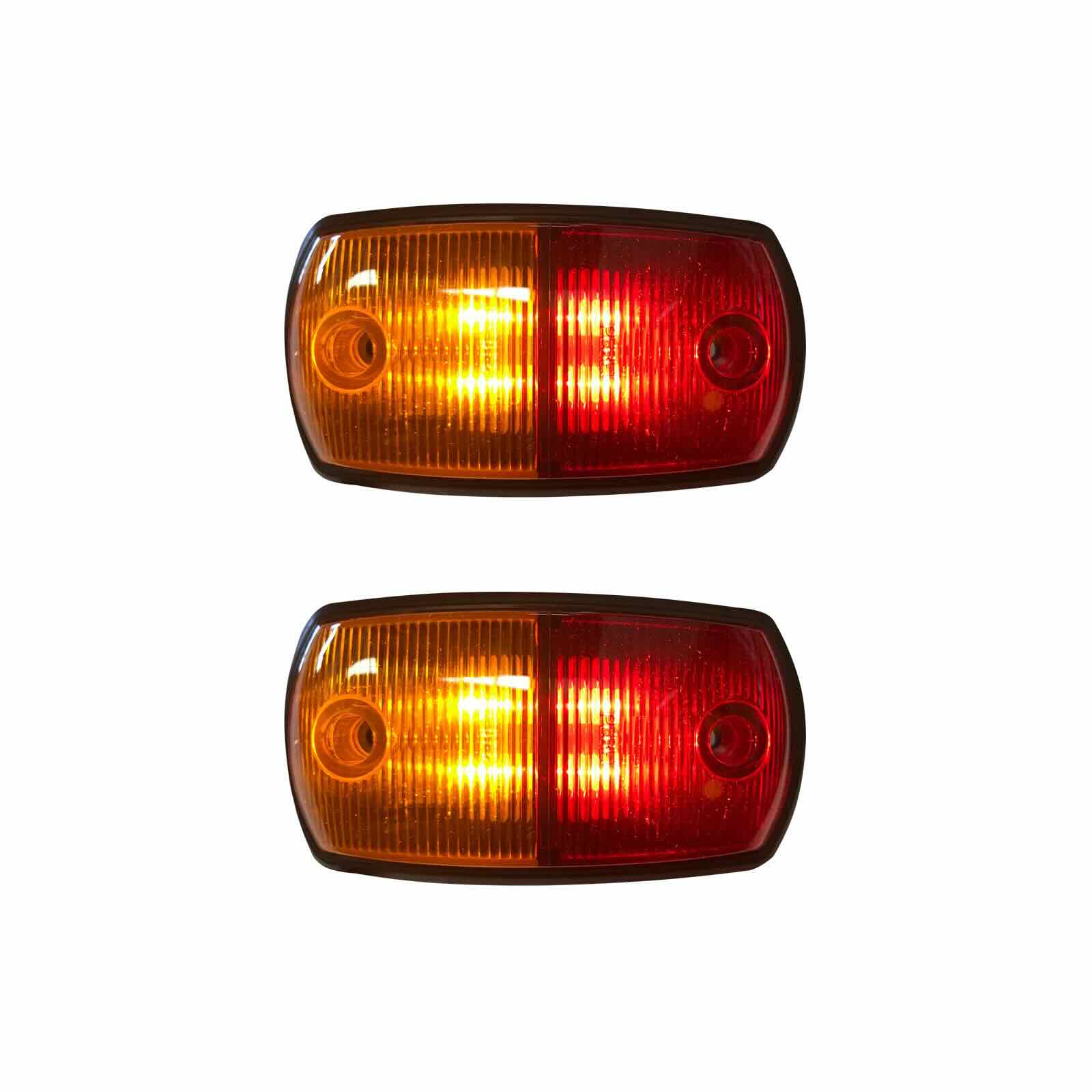

0 thoughts on “What Is Dutchlap Siding”